7 Tips to Know About Top Things Before Buying Flowering Indoor Plants
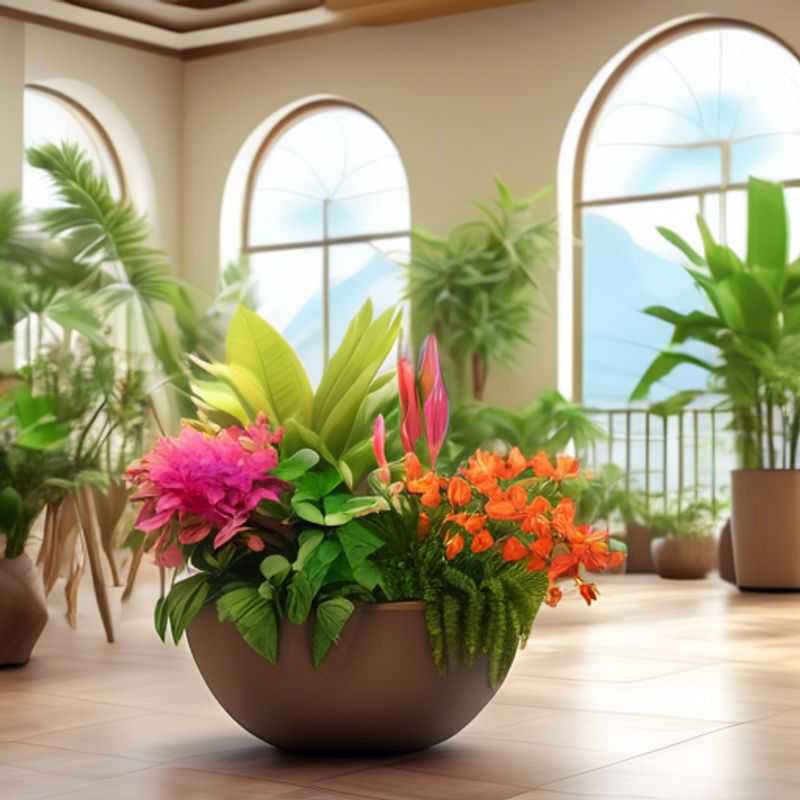
7 Essential Tips Before Buying Flowering Indoor Plants: Research Light, Water, & Humidity, Consider Mature Size, Inspect for Pests, Understand Care Needs, Check Drainage, Learn Toxicity, Choose a Plant That Fits Your Lifestyle
Bringing the beauty of nature indoors can be incredibly rewarding, but it’s essential to do your research before bringing home a flowering plant. Choosing the right plant for your home and lifestyle can mean the difference between a thriving green oasis and a wilting disappointment. Here are seven key things to consider before you purchase your next indoor flowering plant:
1. Research the Specific Plant’s Light, Water, and Humidity Requirements: Indoor flowering plants come from diverse environments, each with unique needs.
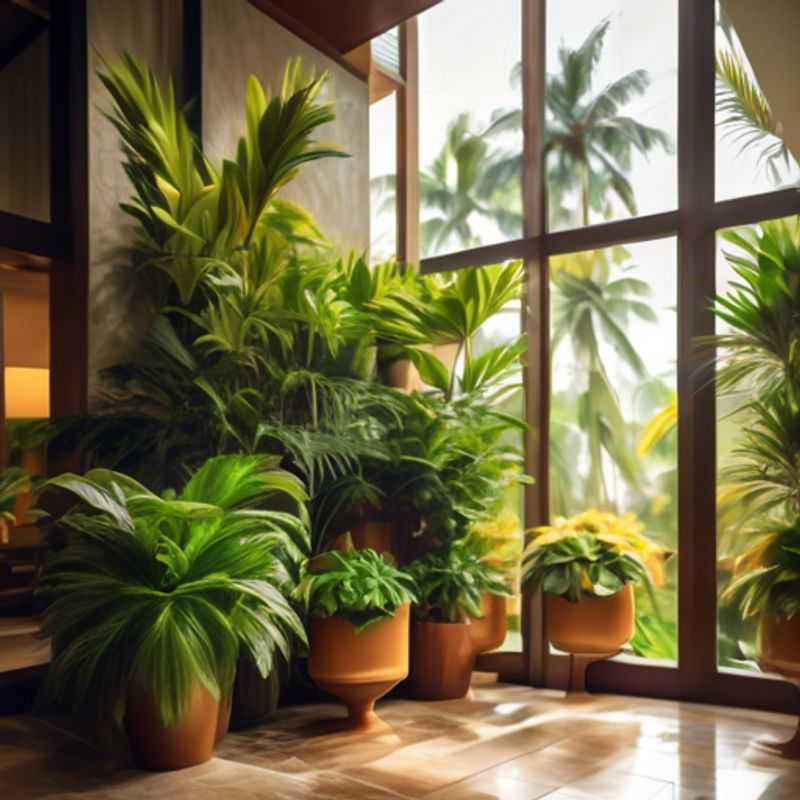
Know Your Plants: Matching Light, Water, and Humidity for Success
Understanding a plant's needs for light, water, and humidity is crucial for its survival and your success as a gardener. Light is essential for photosynthesis, the process by which plants convert sunlight into energy. Different plants have varying light requirements, ranging from full sun to shade. Water is vital for hydration, nutrient transport, and overall plant health. Proper watering practices ensure the soil stays moist but not waterlogged. Humidity refers to the amount of moisture in the air surrounding the plant. Some plants thrive in humid environments, while others prefer drier conditions.
To determine a plant's specific needs, research its origin and natural habitat. Online resources, gardening books, and local nurseries are excellent sources of information. Consult plant labels for recommended light, water, and humidity levels. Pay attention to leaf texture, shape, and color; these can indicate a plant's preferences. For instance, thick, leathery leaves suggest drought tolerance, while thin, delicate leaves may require more humidity.
Once you have a grasp of your plant's requirements, provide the appropriate conditions. Use a light meter to determine light levels in your home or garden. Adjust watering frequency based on the soil's moisture level and the plant's needs. For humidity-loving plants, consider using a humidifier or grouping them together to create a more humid microclimate. Regularly monitoring your plants and adjusting conditions as needed will help ensure their continued health and vitality.
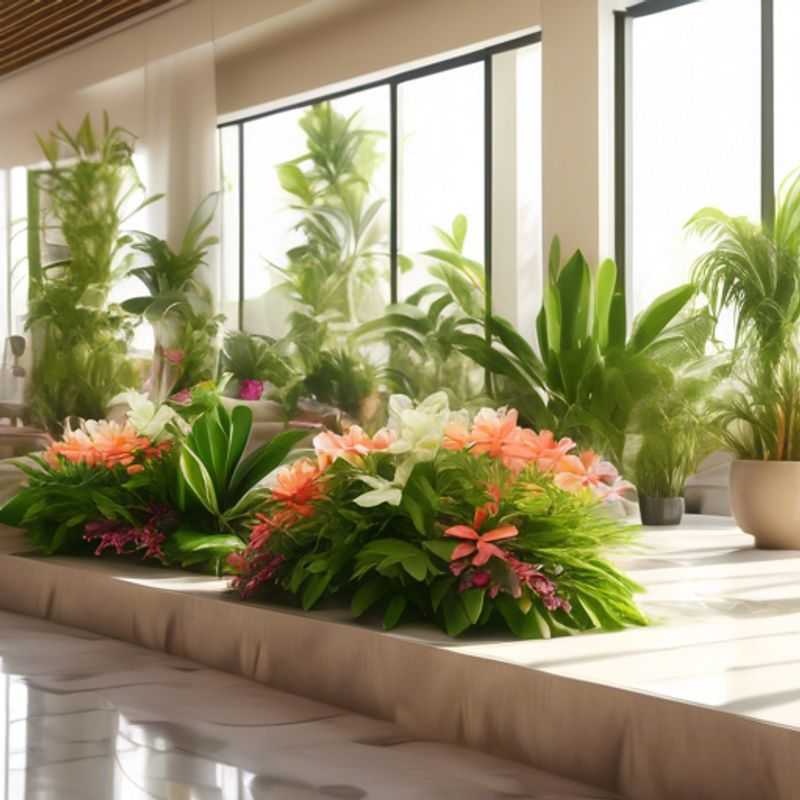
Planning for Growth: Choosing Plants That Fit Your Space
When choosing plants for your home, consider their mature size and how much space you have available. This is crucial for a healthy and happy plant, and it avoids potential issues with overcrowding.
Measure the space you want to use for your plant. Note the height, width, and depth of the area. Next, research the plant's mature size. You can find this information online or at a local nursery.
Compare the plant's mature size to your available space. If the plant will become too big for the space, you'll need to choose a different species. Or, consider pruning to manage size.
Overcrowded plants can be prone to diseases, pests, and nutrient deficiencies. Choosing plants that are appropriate for your space ensures they thrive and bring joy for years to come.
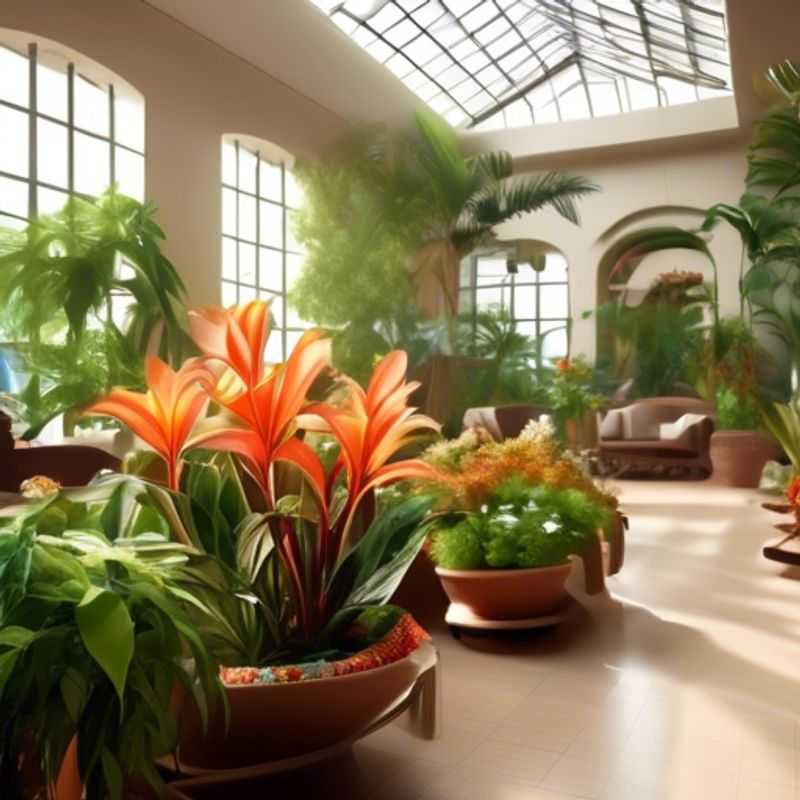
Spotting Trouble: Inspecting Plants for Pests and Diseases
Regularly inspecting your plants for signs of pests or disease is crucial for maintaining their health and preventing widespread problems. Look for visual cues such as discoloration, wilting, holes, or unusual growth patterns on leaves, stems, and fruits. Inspect the undersides of leaves for insects, eggs, or webbing.
Early detection is key to effectively controlling pests and diseases. If you notice any signs of trouble, take action immediately. This may involve isolating the affected plant, removing infected parts, or using appropriate pest control methods. You can also consult with a local gardening expert for advice on specific issues.
Remember, maintaining healthy growing conditions, including proper watering, sunlight, and soil quality, will naturally strengthen your plants and make them more resilient to pests and diseases.
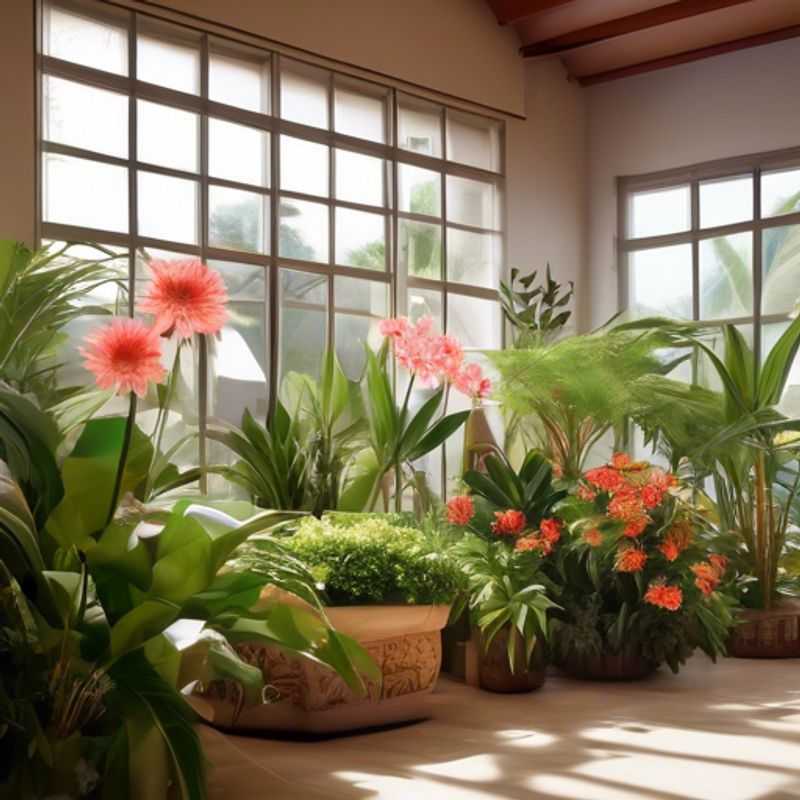
Know Your Plants, Know Your Needs: A Practical Guide to Successful Plant Care
Understanding your plants' care needs is crucial for their thriving. Each plant has specific requirements for light, water, and nutrients. Research the plant's origin and natural habitat to gain insights into its ideal conditions.
Light: Observe the plant's leaves. Are they light green and reaching for the sun? This suggests a need for more light. Dark green leaves indicate sufficient light. Consider purchasing a light meter for accurate measurements.
Water: Feel the soil with your finger. If it's dry to the touch, it's time to water. Avoid overwatering, as it can lead to root rot. Observe the plant for signs of drooping or wilting, which often indicates thirst.
Nutrients: Use a balanced fertilizer specifically designed for your plant type. Follow the package instructions carefully. Over-fertilizing can be detrimental.
Pest and Disease Control: Regularly inspect your plants for signs of pests or diseases. Isolate infected plants immediately to prevent spread. Use organic pesticides and fungicides whenever possible.
Repotting: As plants grow, they may require larger pots. Repotting provides fresh soil and more space for root development. Choose pots with drainage holes to prevent waterlogging.
Pruning: Regular pruning can help maintain the shape and size of your plants. Remove dead or diseased branches and stems. Pruning stimulates growth and can encourage flowering.
By understanding your plants' care needs, you can provide them with the optimal conditions for growth and ensure their longevity. Invest in resources like books, websites, and local gardening clubs to further enhance your knowledge.
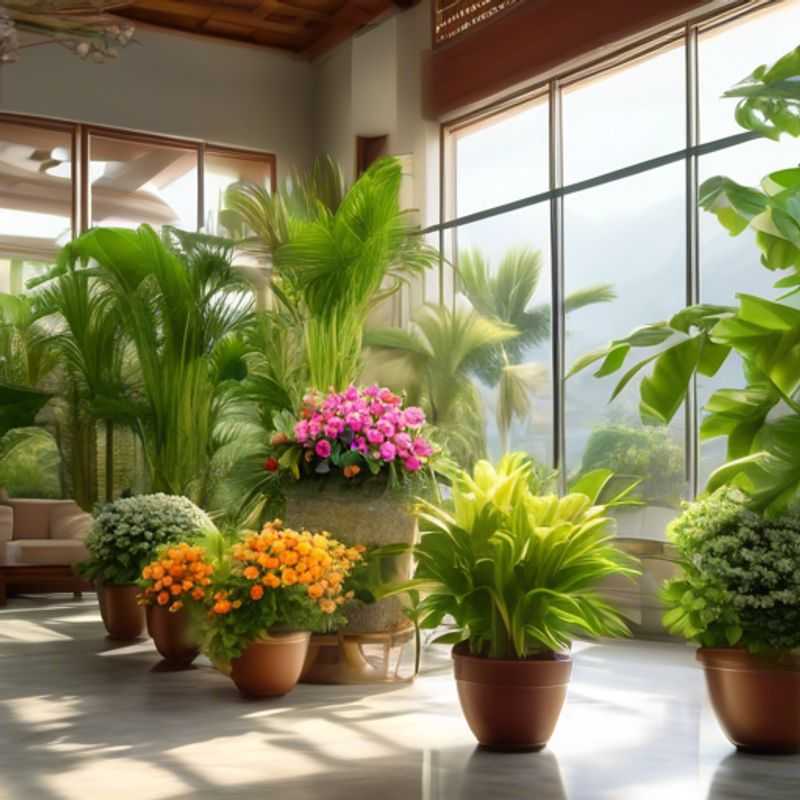
Prevent Root Rot: How to Check Your Plant's Drainage
Proper drainage is essential for healthy plant growth and prevents root rot. Root rot occurs when roots sit in waterlogged soil, leading to decay and ultimately, plant death.
To ensure proper drainage, choose a pot with drainage holes. These holes allow excess water to escape, preventing the roots from sitting in water. You can also improve drainage by using a potting mix that drains well.
To check if your pot has adequate drainage, simply water your plant and observe the drainage. If the water drains quickly and efficiently, your pot is well-suited for your plant. If the water pools at the bottom or drains slowly, you may need to repot your plant in a pot with better drainage.
Remember, it's best to err on the side of caution and provide adequate drainage to your plants. Proper drainage ensures a healthier and happier plant, ultimately leading to a flourishing and vibrant plant.
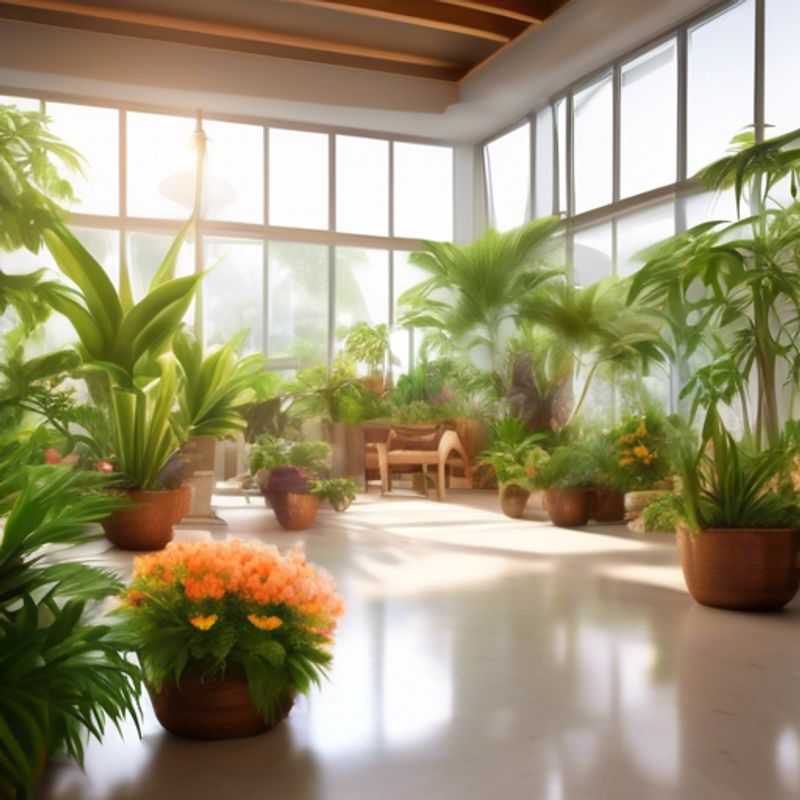
Pet and Child Safety: Understanding Plant Toxicity
When considering houseplants, it's essential to understand their toxicity if you have pets or small children. Many common plants can be harmful if ingested, leading to symptoms ranging from mild irritation to severe health issues. Key plants to watch out for include lilies, azaleas, sago palms, and philodendrons. Always research a plant's safety before bringing it into your home.
To ensure a safe environment, keep toxic plants out of reach or choose non-toxic alternatives. For example, consider spider plants or Boston ferns, which are safe for both pets and children. It's also wise to educate your children about which plants are safe to touch and explore.
If poisoning is suspected, contact a veterinarian or poison control center immediately. Quick action can make a significant difference. Additionally, investing in a good plant guide or app can help in identifying plant toxicity levels easily.
For those planning to incorporate plants into their homes, consider the costs of safe plant options, potential veterinary bills, and the time spent researching and maintaining these plants. Being proactive can save you time, money, and distress in the long run.
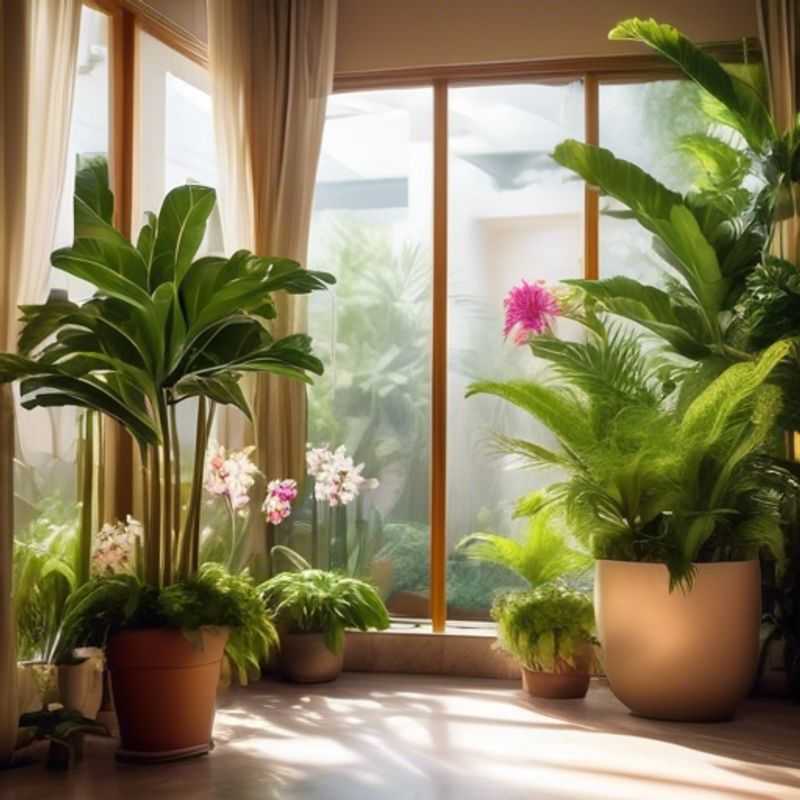
Choosing the Right Plant: Matching Your Lifestyle and Experience
Choosing the right plant for your home can be a rewarding experience, but it's important to consider your lifestyle and experience level to ensure success.
Light: Assess the amount of natural light your space receives. Plants have varying light requirements; some thrive in bright, direct sunlight, while others prefer shade. Consider your windows' orientation and the time of day they receive sunlight.
Space: Measure the available space for your plant. Ensure it has enough room to grow without becoming overcrowded.
Time Commitment: Factor in the time you're willing to dedicate to plant care. Some plants require frequent watering, while others are more drought-tolerant. Research the plant's watering needs and consider how often you'll be able to provide them.
Experience Level: Start with plants that are known for being low-maintenance if you're a beginner. As your confidence grows, you can graduate to more challenging plants.
Cost: Plants vary in price, from affordable starter plants to more expensive, rare species. Determine a budget for your plant purchase and any potential supplies.
Potential Costs:
Consider the following additional costs:
Potting Soil: A quality potting mix provides essential nutrients for plant growth.
Pot: Select a pot that is the appropriate size for the plant and has drainage holes to prevent overwatering.
Fertilizer: Fertilizer provides supplementary nutrients to support healthy plant growth, especially during the growing season.
Tools: A watering can, pruning shears, and a trowel can be useful for maintaining your plant.
Remember that choosing the right plant is a personal decision, so research various options and select one that aligns with your preferences and capabilities. Enjoy the process of bringing nature into your home!
